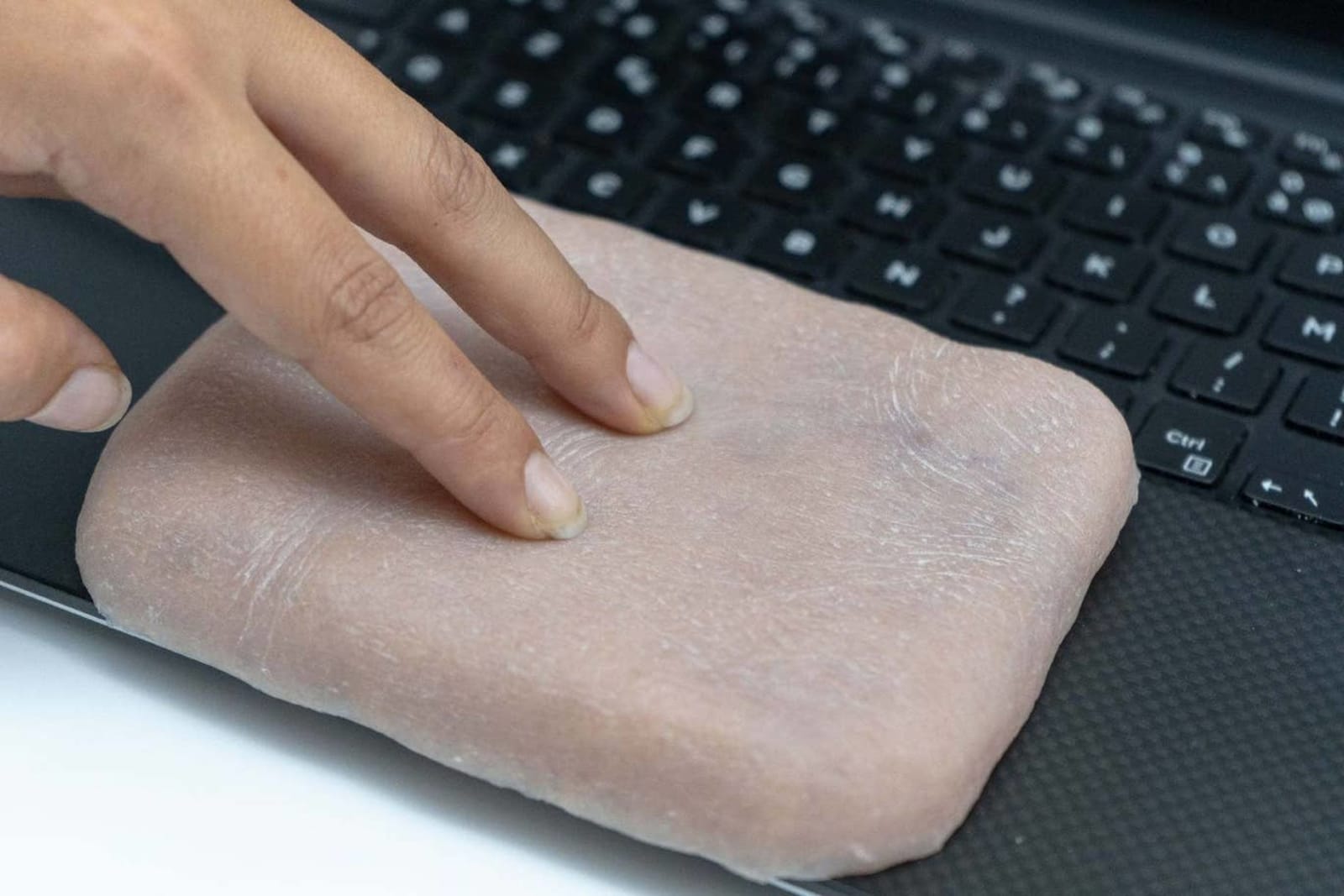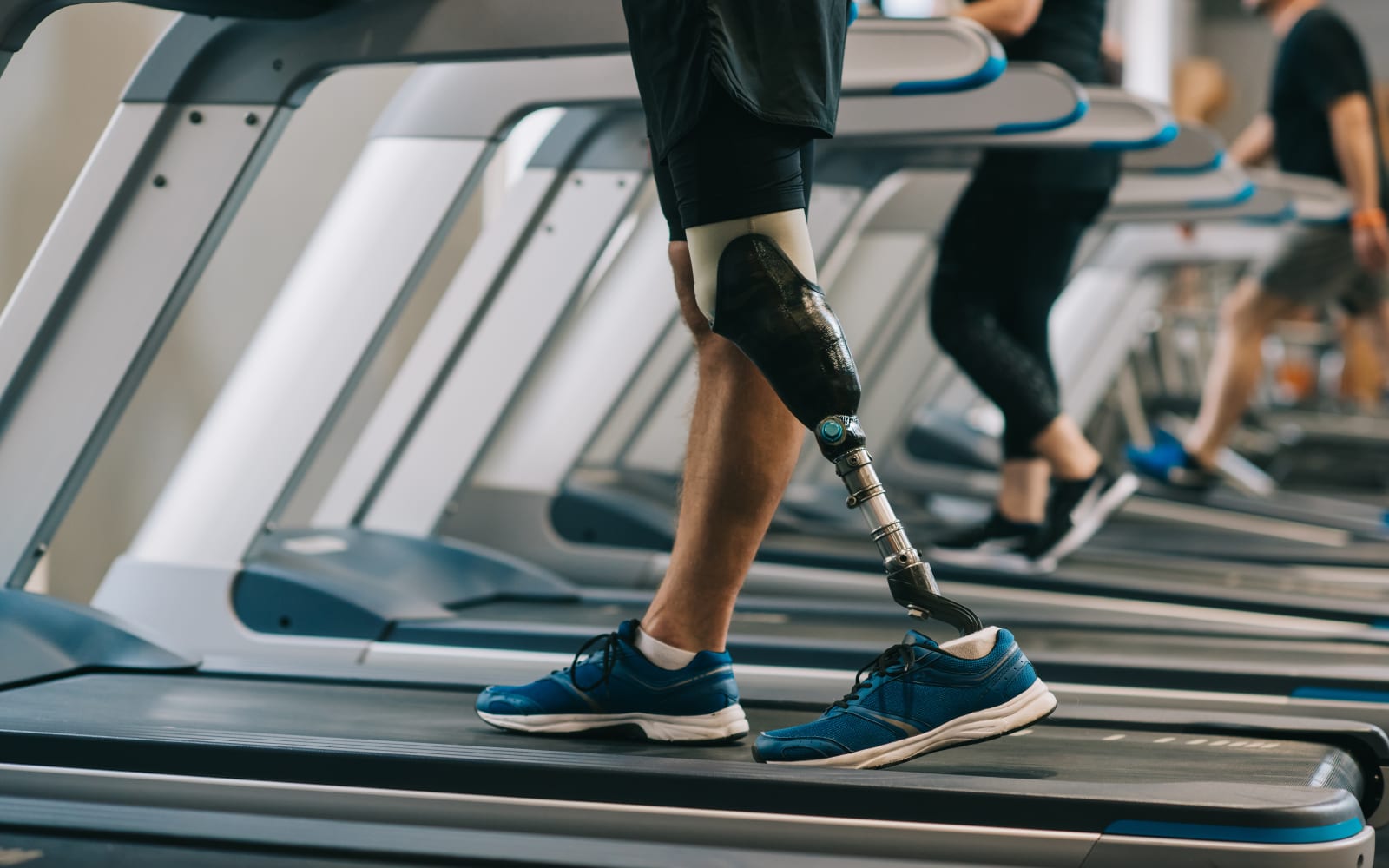Tag Archives: touch
Researchers built robotic skin with a sense of touch
Researchers create an artificial skin that makes your phone ticklish
 We're so reliant on our smartphones that it's probably fair to say they've become an extension of ourselves, so the fact that scientists have now developed an artificial "skin" for our devices -- that has the ability to make them ticklish -- is not a...
We're so reliant on our smartphones that it's probably fair to say they've become an extension of ourselves, so the fact that scientists have now developed an artificial "skin" for our devices -- that has the ability to make them ticklish -- is not a...
Trill Gives Makers Easy Touch Sensing
Makers, here’s a new set of gizmos for your bag of tricks. Created by open-source interactive sensor company Bela, the Trill series is a line of sensors which make it easy to add capacitive touch interactions to any DIY electronic project.

There are three devices in the Trill series, each designed for a different sort of touch project. The Trill Bar is a slider which can sense up to five touch points, the trackpad-like Trill Square senses two axes of movement, while the Trill Craft is a breakout board that lets you turn any conductive object into an interface. Yes, you can use it to play music with fruit and veggies if you want.
Each of the sensors has an on-board microcontroller and is capable of high-resolution sensing. The Trill Bar and Trill Square each have a resolution of less than 0.1 mm, and all three devices have just 5ms input latency for quick responsiveness.

All three devices are available for pre-order on Kickstarter now, with individual sensors selling for just £14 (~$18 USD) each. They also have discounted packs of 3, 5, and 30 sensors for larger projects or classroom usage. The crowdfunding campaign ends on 10/18/19.
New prosthetic legs let amputees feel their foot and knee in real-time
 There's been a lot of research into how to give robots and prosthesis wearers a sense of touch, but it has focused largely on the hands. Now, researchers led by ETH Zurich want to restore sensory feedback for leg amputees, too. In a paper published i...
There's been a lot of research into how to give robots and prosthesis wearers a sense of touch, but it has focused largely on the hands. Now, researchers led by ETH Zurich want to restore sensory feedback for leg amputees, too. In a paper published i...


